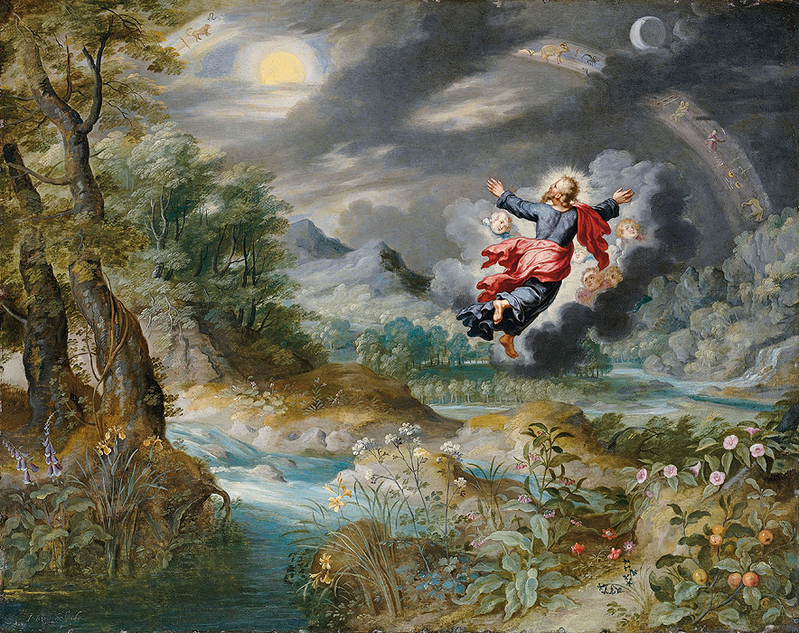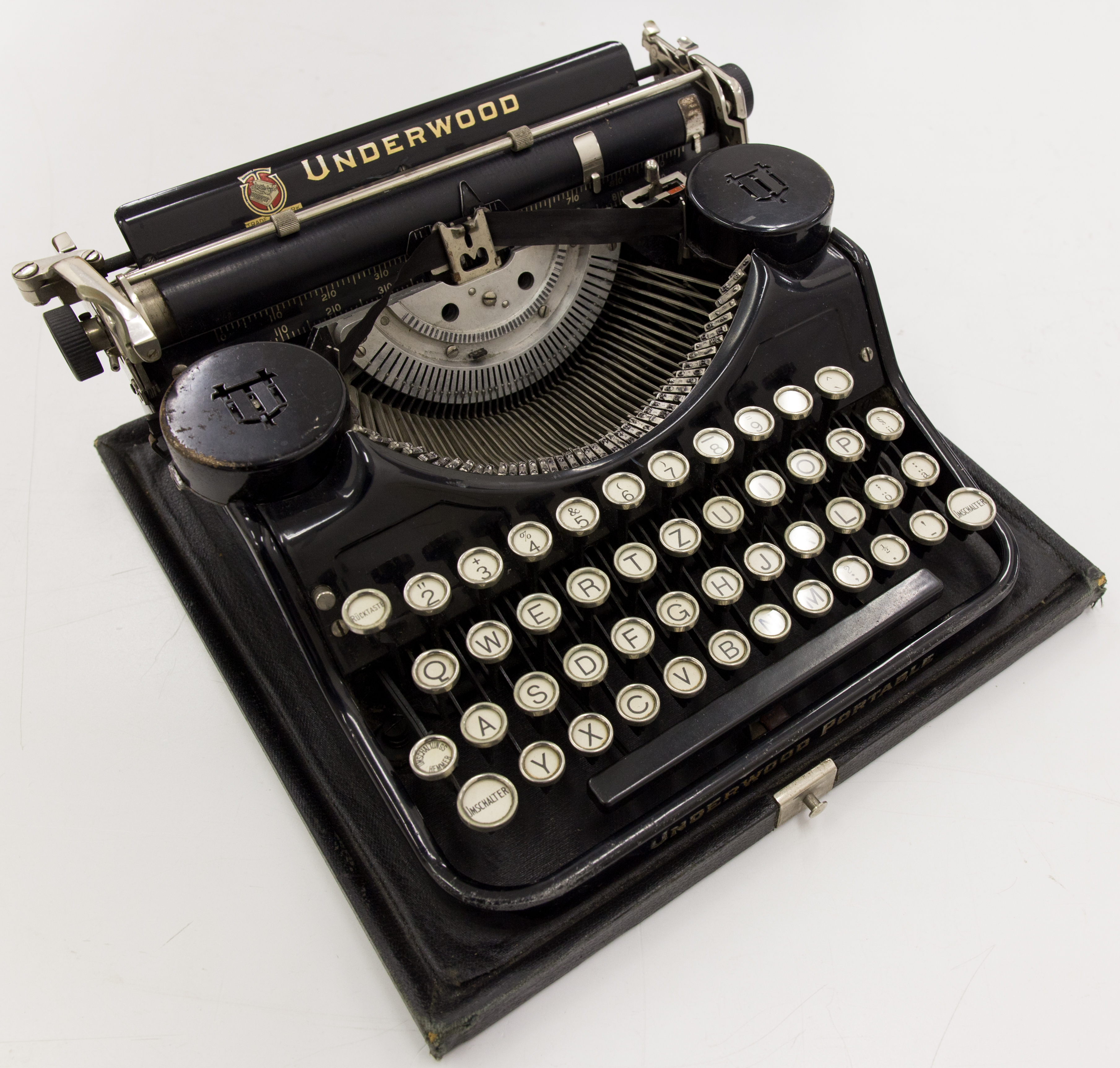|
National Replacement Character Set
The National Replacement Character Set (NRCS) was a feature supported by later models of Digital Equipment Corporation, Digital's (DEC) computer terminal systems, starting with the VT220, VT200 series in 1983. NRCS allowed individual characters from one character set to be replaced by one from another set, allowing the construction of different character sets on the fly. It was used to customize the character set to different local languages, without having to change the terminal's Read-only memory, ROM for different countries, or alternately, include many different sets in a larger ROM. Many 3rd party terminals and terminal emulators supporting VT200 codes also supported NRCS. Description ASCII is a 7-bit standard, allowing a total of 128 characters in the character set. Some of these are reserved as control characters, leaving 96 printable characters. This set of 96 printable characters includes upper and lower case letters, numbers, and basic math and punctuation. ASCII does no ... [...More Info...] [...Related Items...] OR: [Wikipedia] [Google] [Baidu] |
ASCII
ASCII ( ), an acronym for American Standard Code for Information Interchange, is a character encoding standard for representing a particular set of 95 (English language focused) printable character, printable and 33 control character, control characters a total of 128 code points. The set of available punctuation had significant impact on the syntax of computer languages and text markup. ASCII hugely influenced the design of character sets used by modern computers; for example, the first 128 code points of Unicode are the same as ASCII. ASCII encodes each code-point as a value from 0 to 127 storable as a seven-bit integer. Ninety-five code-points are printable, including digits ''0'' to ''9'', lowercase letters ''a'' to ''z'', uppercase letters ''A'' to ''Z'', and commonly used punctuation symbols. For example, the letter is represented as 105 (decimal). Also, ASCII specifies 33 non-printing control codes which originated with ; most of which are now obsolete. The control cha ... [...More Info...] [...Related Items...] OR: [Wikipedia] [Google] [Baidu] |
Multinational Character Set
The Multinational Character Set (DMCS or MCS) is a character encoding created in 1983 by Digital Equipment Corporation (DEC) for use in the popular VT220 terminal. It was an 8-bit extension of ASCII that added accented characters, currency symbols, and other character glyphs missing from 7-bit ASCII. It is only one of the code pages implemented for the VT220 National Replacement Character Set (NRCS). MCS is registered as IBM code page/ CCSID 1100 (Multinational Emulation) since 1992. Depending on associated sorting Oracle calls it WE8DEC, N8DEC, DK8DEC, S8DEC, or SF8DEC. Such "extended ASCII" sets were common (the National Replacement Character Set provided sets for more than a dozen European languages), but MCS has the distinction of being the ancestor of ECMA-94 in 1985 and ISO 8859-1 in 1987. The code chart of MCS with ECMA-94, ISO 8859-1 and the first 256 code points of Unicode have many more similarities than differences. In addition to unused code points, differences ... [...More Info...] [...Related Items...] OR: [Wikipedia] [Google] [Baidu] |
Code Page 1105 ...
Code page 1105 (CCSID 1105), also known as CP1105, is an IBM code page number assigned to the ''Denmark/Norway'' variant of DEC's National Replacement Character Set (NRCS). The 7-bit character set was introduced for DEC's computer terminal systems, starting with the VT200 series in 1983, but is also used by IBM for their DEC emulation. Similar but not identical to the series of ISO 646 character sets, the character set is a close derivation from ASCII with only ten code points differing. Code page layout See also * Code page 1107 (alternate Denmark/Norway NRCS) * Code page 1017 (similar ISO-646-DK code page) * National Replacement Character Set (NRCS) References {{Character encoding 1105 Year 1105 ( MCV) was a common year starting on Sunday of the Julian calendar. Events By place Levant * February 28 – Raymond IV dies at his castle of Mons Peregrinus ("Pilgrim's Mountain") near Tripoli. Raymond leaves his 2- ... [...More Info...] [...Related Items...] OR: [Wikipedia] [Google] [Baidu] |
Code Page 1107
Code page 1107 (CCSID 1107), also known as CP1107, is an IBM code page number assigned to the ''alternate Denmark/Norway'' variant of DEC's National Replacement Character Set (NRCS). The 7-bit character set was introduced for DEC's computer terminal systems, starting with the VT200 series in 1983, but is also used by IBM for their DEC emulation. Similar but not identical to the series of ISO 646 character sets, the character set is a close derivation from ASCII with only six code points differing. Code page layout See also * Code page 1105 (default Denmark/Norway NRCS) * Code page 1016 (similar ISO-646-NO code page) * Code page 1017 (similar ISO-646-DK code page) * National Replacement Character Set (NRCS) References {{Character encoding 1107 Year 1107 (Roman numerals, MCVII) was a common year starting on Tuesday of the Julian calendar. Events By place Scotland * January 8 – King Edgar, King of Scotland, Edgar dies at Edinburgh Castle after a 9-year ... [...More Info...] [...Related Items...] OR: [Wikipedia] [Google] [Baidu] |
Right Curly Bracket
Rights are legal, social, or ethical principles of freedom or entitlement; that is, rights are the fundamental normative rules about what is allowed of people or owed to people according to some legal system, social convention, or ethical theory. Rights are an important concept in law and ethics, especially theories of justice and deontology. The history of social conflicts has often involved attempts to define and redefine rights. According to the ''Stanford Encyclopedia of Philosophy'', "rights structure the form of governments, the content of laws, and the shape of morality as it is currently perceived". Types of rights Natural versus legal * Natural rights are rights which are "natural" in the sense of "not artificial, not man-made", as in rights deriving from human nature or from the edicts of a god. They are universal; that is, they apply to all people, and do not derive from the laws of any specific society. They exist necessarily, inhere in every individual, and can ... [...More Info...] [...Related Items...] OR: [Wikipedia] [Google] [Baidu] |
Vertical Bar
The vertical bar, , is a glyph with various uses in mathematics, computing, and typography. It has many names, often related to particular meanings: Sheffer stroke (in logic), pipe, bar, or (literally, the word "or"), vbar, and others. Usage Mathematics The vertical bar is used as a mathematical symbol in numerous ways. If used as a pair of brackets, it suggests the notion of the word "size". These are: * absolute value: , x, , read "the ''absolute value'' of ''x''" * cardinality: , S, , read "the ''cardinality'' of the set ''S''" or "the ''length'' of a string ''S''" * determinant: , A, , read "the ''determinant'' of the matrix ''A''". When the matrix entries are written out, the determinant is denoted by surrounding the matrix entries by vertical bars instead of the usual brackets or parentheses of the matrix, as in \begin a & b \\ c & d\end. * order: , G, , read "the ''order'' of the group ''G''", or , g, , "the ''order'' of the element g \in G" Likewise, the vertical ... [...More Info...] [...Related Items...] OR: [Wikipedia] [Google] [Baidu] |
Left Curly Bracket
A bracket is either of two tall fore- or back-facing punctuation marks commonly used to isolate a segment of text or data from its surroundings. They come in four main pairs of shapes, as given in the box to the right, which also gives their names, that vary between British and American English. "Brackets", without further qualification, are in British English the ... marks and in American English the ... marks. Other symbols are repurposed as brackets in specialist contexts, such as those used by linguists. Brackets are typically deployed in symmetric pairs, and an individual bracket may be identified as a "left" or "right" bracket or, alternatively, an "opening bracket" or "closing bracket", respectively, depending on the directionality of the context. In casual writing and in technical fields such as computing or linguistic analysis of grammar, brackets nest, with segments of bracketed material containing embedded within them other further bracketed sub-segments. The num ... [...More Info...] [...Related Items...] OR: [Wikipedia] [Google] [Baidu] |
Underscore
An underscore or underline is a line drawn under a segment of text. In proofreading, underscoring is a convention that says "set this text in italic type", traditionally used on manuscript or typescript as an instruction to the printer. Its use to add emphasis in modern finished documents is generally avoided. The (freestanding) underscore character, , also called a low line, or low dash, originally appeared on the typewriter so that underscores could be typed. To produce an underscored word, the word was typed, the typewriter carriage was moved back to the beginning of the word, and the word was overtyped with the underscore character. In modern usage, underscoring is achieved with a markup language, with the Unicode combining low line or as a standard facility of word processing software. The free-standing underscore character is used to indicate word boundaries in situations where spaces are not allowed, such as in computer filenames, email addresses, and in Internet ... [...More Info...] [...Related Items...] OR: [Wikipedia] [Google] [Baidu] |
Right Square Bracket
A bracket is either of two tall fore- or back-facing punctuation marks commonly used to isolate a segment of text or data from its surroundings. They come in four main pairs of shapes, as given in the box to the right, which also gives their names, that vary between British and American English. "Brackets", without further qualification, are in British English the ... marks and in American English the ... marks. Other symbols are repurposed as brackets in specialist contexts, such as those used by linguists. Brackets are typically deployed in symmetric pairs, and an individual bracket may be identified as a "left" or "right" bracket or, alternatively, an "opening bracket" or "closing bracket", respectively, depending on the directionality of the context. In casual writing and in technical fields such as computing or linguistic analysis of grammar, brackets nest, with segments of bracketed material containing embedded within them other further bracketed sub-segments. The num ... [...More Info...] [...Related Items...] OR: [Wikipedia] [Google] [Baidu] |
ISO-IR-6
ISO/IEC 646 ''Information technology — ISO 7-bit coded character set for information interchange'', is an International Organization for Standardization, ISO/International Electrotechnical Commission, IEC standard in the field of character encoding. It is equivalent to the Ecma International, ECMA standard ECMA-6 and developed in cooperation with ASCII at least since 1964. The first version of ECMA-6 had been published in 1965, based on work the ECMA's Technical Committee TC1 had carried out since December 1960. The first edition of ISO/IEC 646 was published in 1973, and the most recent, third, edition in 1991. ISO/IEC 646 specifies a 7-bit character code from which several national standards are derived. It allocates a set of 82 unique graphic characters to 7-bit code points, known as the ''invariant'' (INV) or ''basic character set'', including letters of the ISO basic Latin alphabet, Numerical digit, digits, and some common English language, English pun ... [...More Info...] [...Related Items...] OR: [Wikipedia] [Google] [Baidu] |


